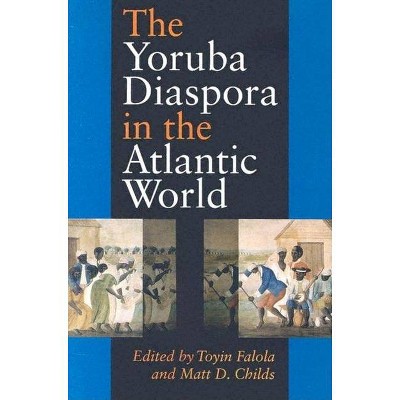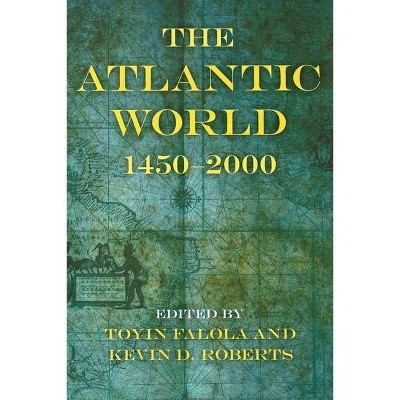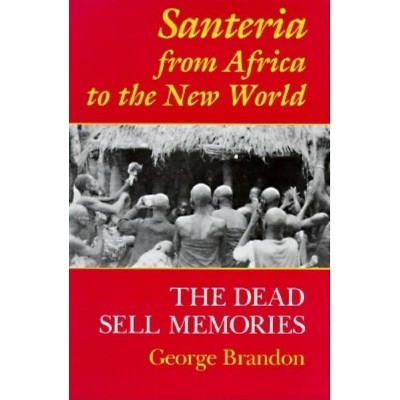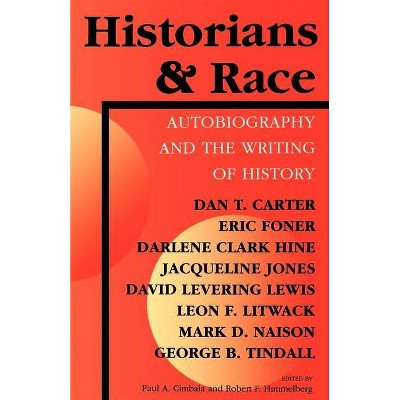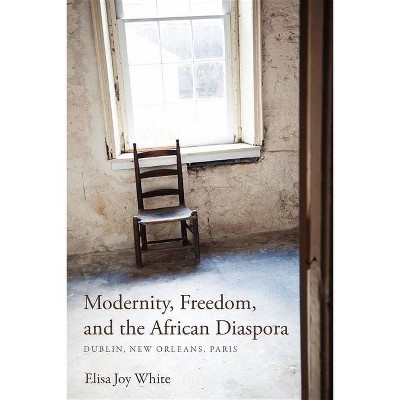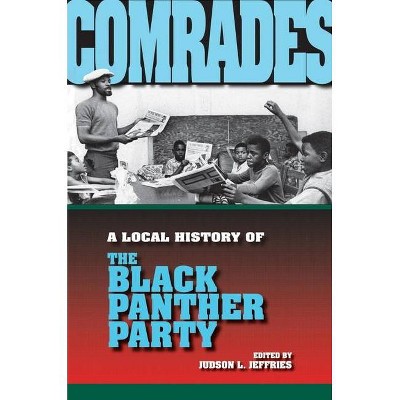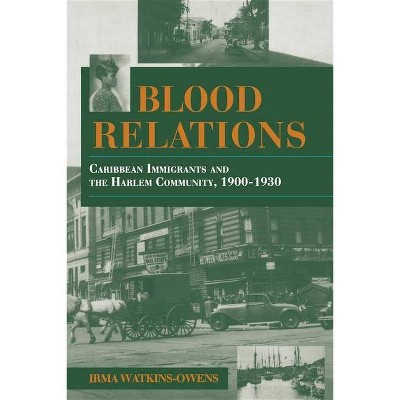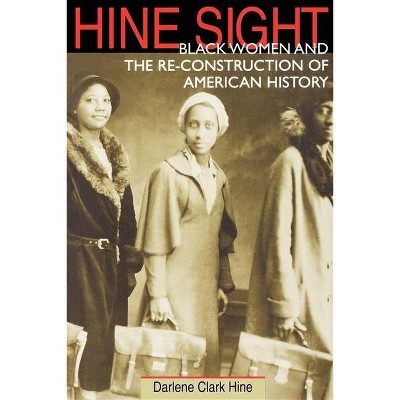All the World is Here! - (Blacks in the Diaspora) by Christopher Robert Reed (Paperback)
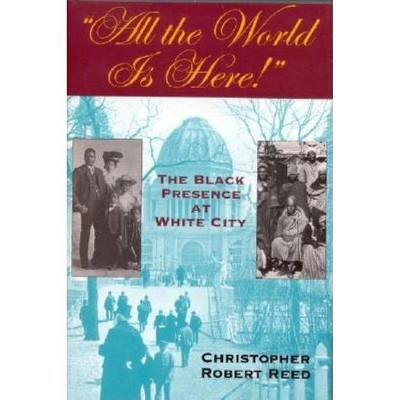
Similar Products
Products of same category from the store
AllProduct info
<p/><br></br><p><b> About the Book </b></p></br></br>" Frederick Douglass, who embodied the dream that inclusion within the American mainstream was possible, would never forget America's World's Fair snub.<p/><br></br><p><b> Book Synopsis </b></p></br></br><p>This entrancing book looks at [the clash of class and caste within the black community] . . . . An important reexamination of African American history.<br/>--Choice</p><p>The 1893 World's Columbian Exposition in Chicago showed the world that America had come of age. Dreaming that they could participate fully as citizens, African Americans flocked to the fair by the thousands. All the World Is Here! examines why they came and the ways in which they took part in the Exposition. Their expectations varied. Well-educated, highly assimilated African Americans sought not just representation but also membership at the highest level of decision making and planning. They wanted to participate fully in all intellectual and cultural events. Instead, they were given only token roles and used as window dressing. Their stories of pathos and joy, disappointment and hope, are part of the lost history of White City. Frederick Douglass, who embodied the dream that inclusion within the American mainstream was possible, would never forget America's World's Fair snub. </p><p/><br></br><p><b> Review Quotes </b></p></br></br><br><p>In 1893 Ida Wells, Frederick Douglass, et al. wrote a pamphlet entitled The Reason Why the Colored American Is Not in the World's Columbian Exposition, a text that formed the basis for the subsequent view of African American history. In fact, as Reed so successfully shows, there was considerable African American participation in, and representation at, the fair, but it was from classes and in ways that did not meet the approval of the elite black leadership. Discussing the issues of class and caste within the US's black community, the author shows how the Columbian Exposition became a battleground between the Afro--Saxon elite, who wished to avoid all mention of a separate history with African roots, and a new respectable class one generation removed from slavery, a class that glorified in its own achievements. This entrancing book looks at this clash in four parts--the conflict nationally, in Chicago, at the fair, and in reactions to the African exhibits and congresses at the fair. An important reexamination of African American history, especially in that it introduces a large number of African American individuals of accomplishment little known today, this volume includes significant, but poorly reproduced, illustrations to support the argument. All academic and public collections.October 2000</p>--R. T. Brown "Westfield State College"<br>
Price History
Price Archive shows prices from various stores, lets you see history and find the cheapest. There is no actual sale on the website. For all support, inquiry and suggestion messagescommunication@pricearchive.us
